Was Marvel Or DC First? History Of The Superhero Juggernauts
Technically speaking, DC came before Marvel, publishing as National Allied Publications in 1934.
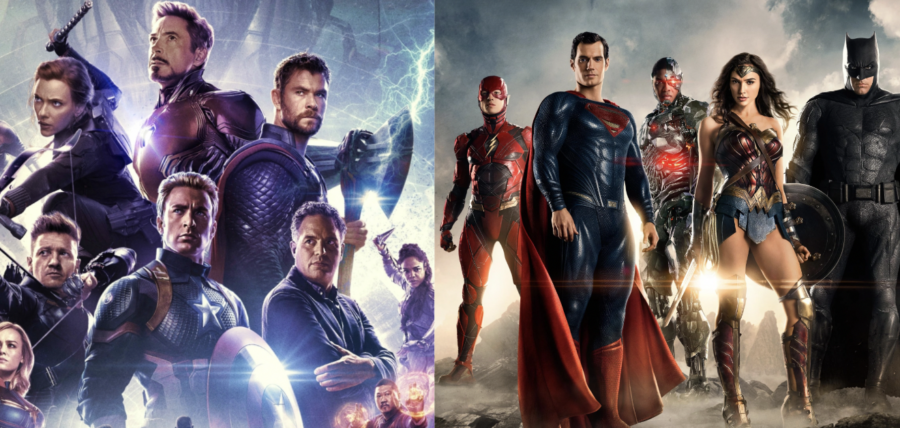
Their rivalry goes back decades. At times one has enjoyed the driver’s seat in popularity while the other remained in the back seat. Now, and for the past couple of decades, if not longer, Marvel has been decidedly in the driver’s seat on the feature film front. But in a rivalry that dates back to the early 1900s, you may be curious – did Marvel or DC come first?
DC Came First To Print In 1934
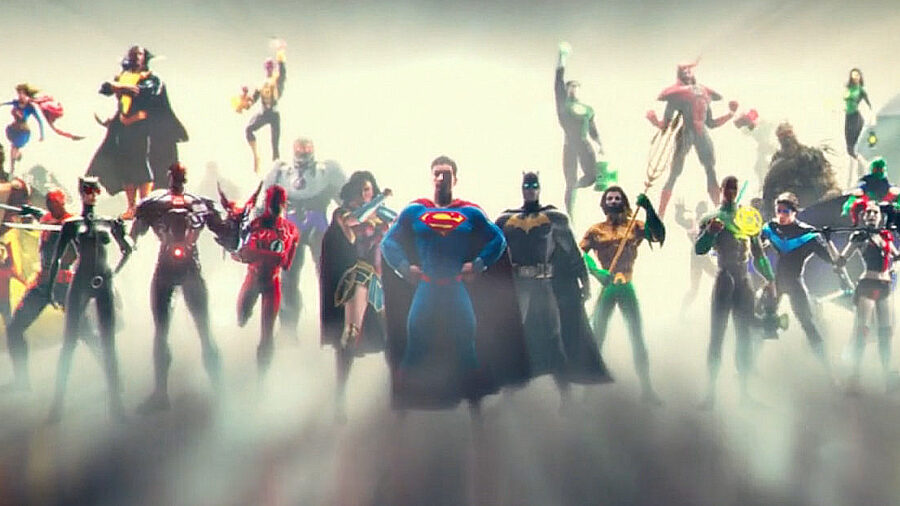
First things first – both Marvel and DC are some of the earliest American comic book companies in the history of comic books. Both started off as something other than the names we know them as now, going through a couple of iterations each before settling on the popular names of today. When it comes to the initial creation date, whether Marvel or DC was first, one comic book entity arrived five years before the other.
DC was the first to arrive between the two superhero juggernauts. They came into being in 1934 when Malcolm Wheeler-Nicholson founded DC’s predecessor, National Allied Publications. The first “comic book” to come from National Allied Publications was tabloid-sized and called New Fun: The Big Comic Magazine #1. This later would be called More Fun Comics.
DC was not a superhero comic when it first hit the market. Instead, their titles included funnies, adventure stories, and Western comics. Their earliest superhero, which we will talk about in a bit, didn’t arrive until late 1935. They did, though, get a five-year jump on eventual rival, Marvel. In this way, the question of whether it was Marvel or DC first goes to DC.
Martin Goodman had already been in the publishing business for a number of years when, in 1939, as a direct rival to DC, he created Timely Publications. Although his publishing history revolved around Western fare, he and his brother Abraham went in a different direction with their first publication titled Marvel Comics #1.
Their very first publication included brand-new superheroes and was an immediate success. This first publication, combined with a second printing, sold nearly 900,000 issues combined, a huge number back in 1939.
DC’s First Big Hero Was Doctor Occult
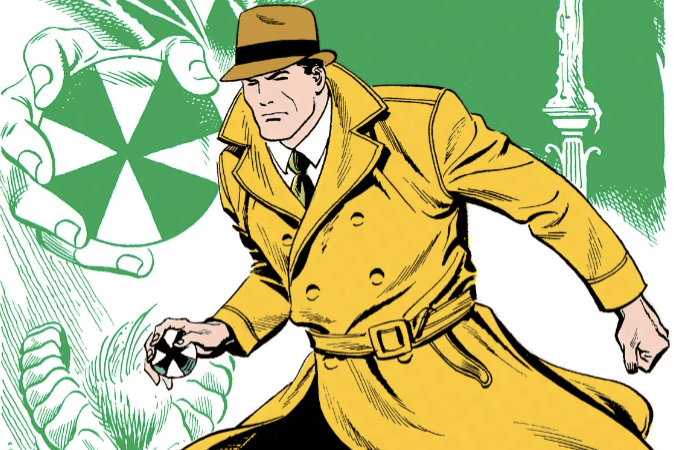
Before DC had to concern itself with the upstart Timely Publications, they were already laying the groundwork for their venture into creating superheroes. Their very first superheroes were introduced in 1935 – Henri Duval of France and Famed Soldier of Fortune – but those two didn’t make a dent. Instead, it was Doctor Occult, a creation of Jerry Siegel and Joe Shuster, who found traction and has appeared on and off ever since.
While Doctor Occult was considered one of the first DC superheroes created, the big name for DC came three years later when Siegel and Shuster hit it out of the park with Superman. The Man of Steel first appeared in Action Comics #1 on April 18, 1938, and has since been DC Comics’ biggest name right alongside Batman. In that same comic as Superman, DC also introduced a couple of other heroes, Zatara and Tex Thompson.
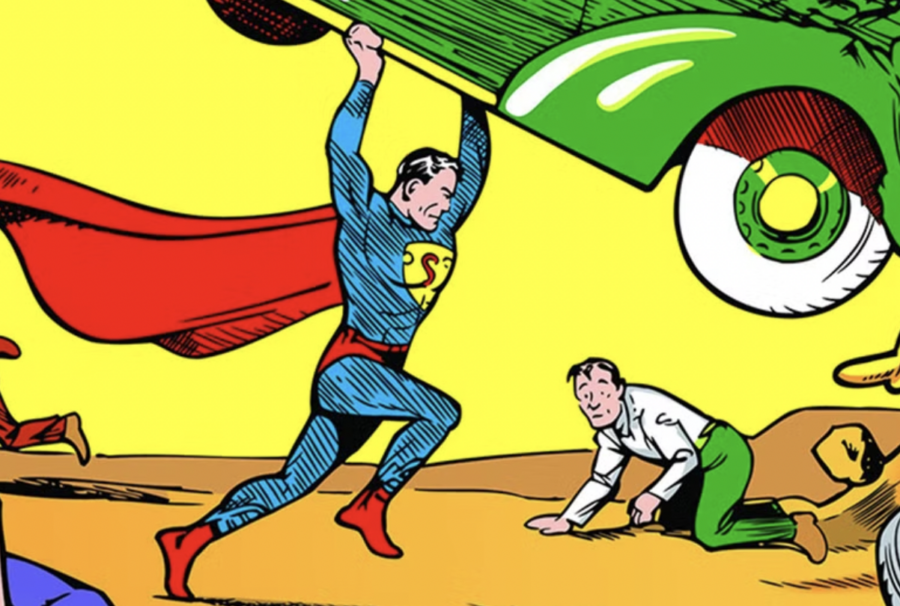
Another early superhero for DC was the Green Hornet-inspired Crimson Avenger. It wasn’t until 1939 that upstart writer Bob Kane and artist Bill Finger introduced Batman to the public and he, with all of his companions, good and bad, have been part of DC ever since.
Marvel Started As Timely With Human Torch And Namor
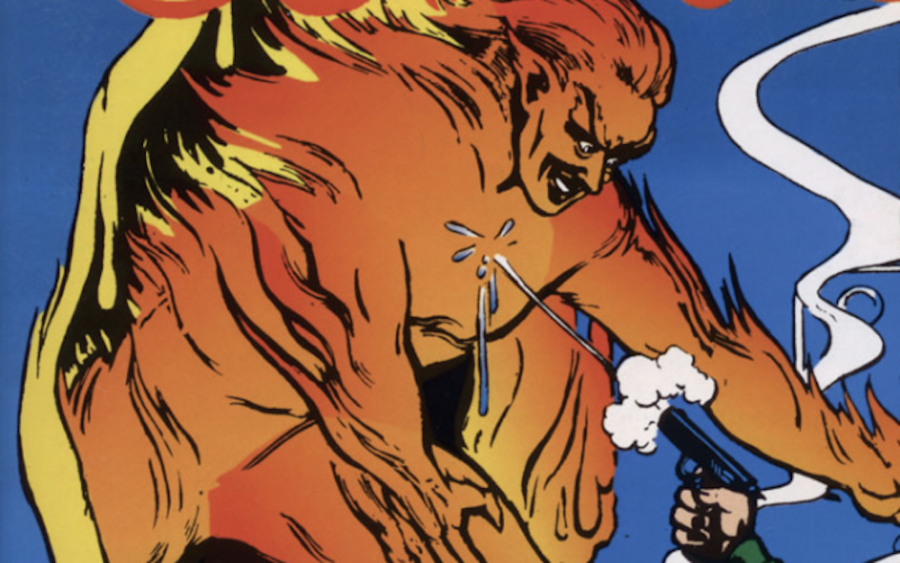
When Marvel, known at that time as Timely Publications, first hit the market, they did it by introducing two superheroes that are still in rotation today. The two were The Human Torch and Namor, the Sub-Mariner. You probably didn’t know those two were that old.
But that was just the beginning. They also lay claim to some of the most popular superheroes on the planet such as Spider-Man, Iron Man, Captain America, Thor, Doctor Strange, Hulk, Daredevil, Wolverine, Black Panther, and Captain Marvel.
They are also the home to some of the most popular teams like Avengers, X-Men, Fantastic Four, and Guardians of the Galaxy. And talk about supervillains, they offer Doctor Doom, Magneto, Ultron, Thanos, Kang the Conqueror, Green Goblin, Red Skull, Galactus, Loki, and Kingpin.
Marvel Came First With Their Current Names
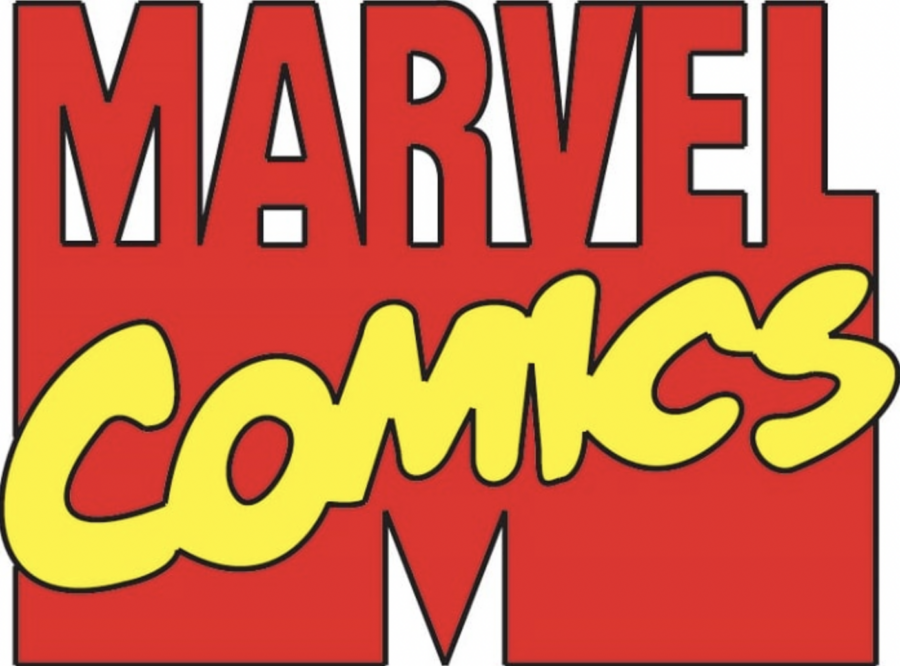
While it is true that the origins of both DC and Marvel date back to the 1930s, the actual names, DC and Marvel, did not come about until much, much later. The name Marvel came in 1961 with the introduction of Journey into Mystery, a science fiction anthology comic, and also with Patsy Walker, a teen humor comic.
DC, on the other hand, ran as National Periodical Publications, the name they chose in 1961 after being called National Comics Publications for 27 years. It wasn’t until 1977 that National Periodical Publications changed its name to DC Comics.
So, if we want to get truly technical about it, “Marvel” did come first before “DC Comics.”
Marvel Has Sold More Than DC
In the late ‘50s and early ‘60s, DC was having something of a revival with its superheroes. They were seeing great success with heroes like Flash, Green Lantern, Batman, Superman, Wonder Woman, and Green Arrow, which forced Marvel to up the ante. This rivalry obviously goes back to the start.
Reed Tucker, the author of Slugfest, explains: “That’s something that I don’t think people know that much about, that DC and Marvel are about the same age. DC was founded in the mid-’30s and Marvel came along in the late ’30s. And Marvel was basically a response to Superman. Superman came out in 1938. That changed the game and there were a lot of competitors that came along and Marvel Comics was one of those.”
He continued, “They started releasing superhero comics back then, but they weren’t all that successful. So they were dormant for a couple of decades in the superhero world. They published a lot of other stuff—romance comics, western comics, war comics. But it wasn’t until the ’60s when Stan Lee and Jack Kirby decided to launch The Fantastic Four that Marvel Comics became a force in the superhero world.”
As Tucker explains, DC, at the time when Marvel produced the Fantastic Four and The Avengers, simply wasn’t concerned with Marvel. DC felt they had the better stable of superheroes and felt that Marvel was going to be a flash in the pan.
“DC was such a powerful force when it came to superheroes, they did not feel threatened by anyone,” Tucker said. “Certainly not Marvel, which had nearly gone out of business in the ’50s. It wasn’t until they started getting their ass kicked in the late ’60s that they started to sit up and take notice.
Marvel began to make inroads into DC’s domination but it wasn’t until 1972, 11 years after Lee came up with the Fantastic Four, that Marvel finally began to outsell DC.
According to Tucker, “The owner of Marvel at the time, Martin Goodman, decided to celebrate, so he gathered all the Marvel staff together and he decided to take everyone out for dinner and drinks at DC’s bar, Friar Tuck’s—right across the street from their office. Even then, it was like rubbing it in each other’s nose.”
Since that time, Marvel has not looked back. There have been a couple of months where DC was able to outsell Marvel, but it has been few and far between. This is something that continues to happen today, especially on the feature film front.
The MCU Has Been Much Bigger Than The DCU
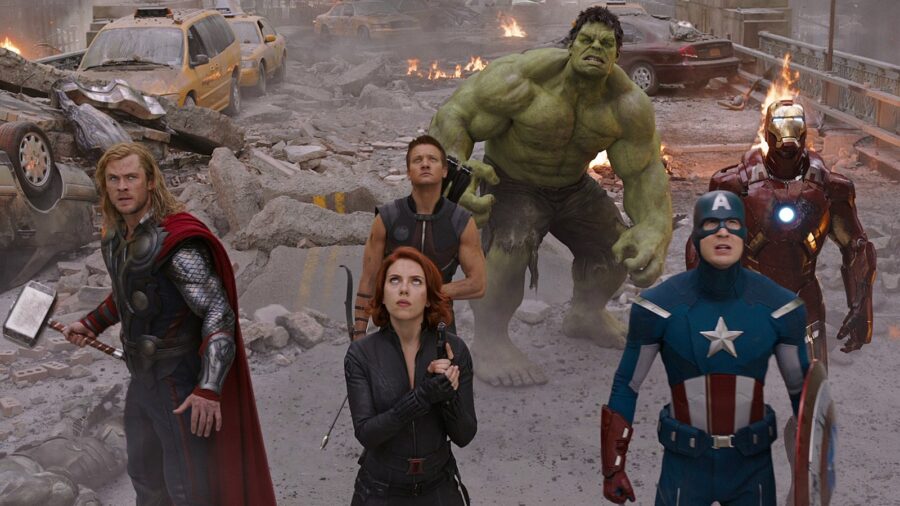
Both DC and Marvel have been very active (understatement) when it comes to feature films. DC has leaned on their Superman and Batman properties and while both have fared well at the box office, Marvel has simply produced much more and much better content.
Marvel got it rolling in Phase One when they ushered out Iron Man in 2008, culminating with The Avengers in 2012. They pretty much have not looked back since.
DC, for their part, has tried to match Marvel in theaters with films like The Dark Knight, Man of Steel, Suicide Squad, Wonder Woman, and Shazam! to name a few, but DC has felt more like an individual than a team, whereas Marvel had a concrete plan. DC is hoping to change its fortunes with the upcoming The Flash, but this remains to be seen.
Regardless of who came first DC or Marvel, the ultimate winners here are the fans. DC pushed Marvel in the early ‘60s to up their game and they busted through with flying colors. Now, Marvel looks to be doing the same with DC. The only question is, can DC kick the door down and make a new name for themselves?












